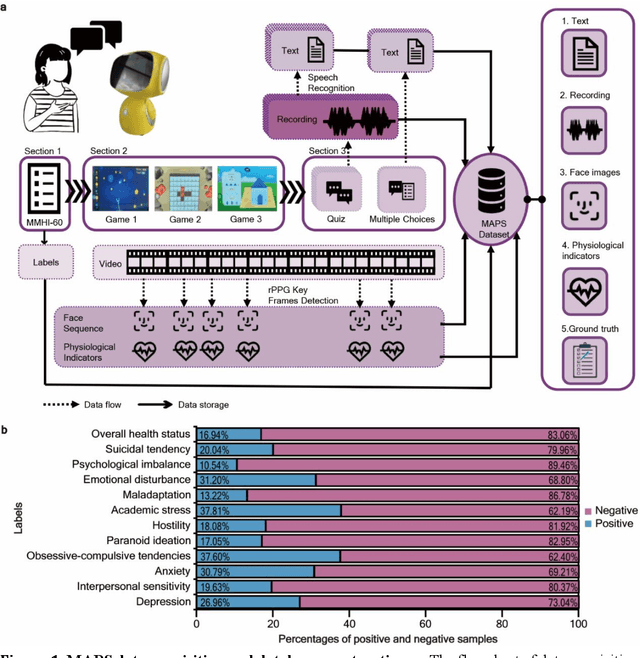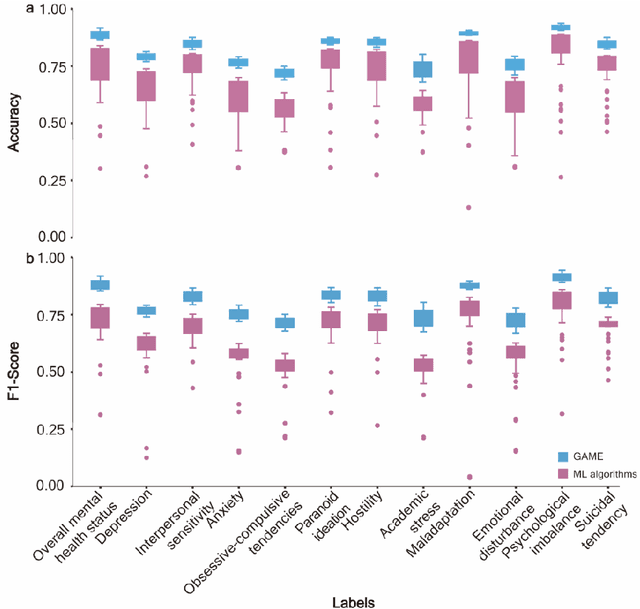Zhengyang Lei
Density estimation via mixture discrepancy and moments
Apr 02, 2025Abstract:With the aim of generalizing histogram statistics to higher dimensional cases, density estimation via discrepancy based sequential partition (DSP) has been proposed [D. Li, K. Yang, W. Wong, Advances in Neural Information Processing Systems (2016) 1099-1107] to learn an adaptive piecewise constant approximation defined on a binary sequential partition of the underlying domain, where the star discrepancy is adopted to measure the uniformity of particle distribution. However, the calculation of the star discrepancy is NP-hard and it does not satisfy the reflection invariance and rotation invariance either. To this end, we use the mixture discrepancy and the comparison of moments as a replacement of the star discrepancy, leading to the density estimation via mixture discrepancy based sequential partition (DSP-mix) and density estimation via moments based sequential partition (MSP), respectively. Both DSP-mix and MSP are computationally tractable and exhibit the reflection and rotation invariance. Numerical experiments in reconstructing the $d$-D mixture of Gaussians and Betas with $d=2, 3, \dots, 6$ demonstrate that DSP-mix and MSP both run approximately ten times faster than DSP while maintaining the same accuracy.
GAME: Generalized deep learning model towards multimodal data integration for early screening of adolescent mental disorders
Sep 18, 2023



Abstract:The timely identification of mental disorders in adolescents is a global public health challenge.Single factor is difficult to detect the abnormality due to its complex and subtle nature. Additionally, the generalized multimodal Computer-Aided Screening (CAS) systems with interactive robots for adolescent mental disorders are not available. Here, we design an android application with mini-games and chat recording deployed in a portable robot to screen 3,783 middle school students and construct the multimodal screening dataset, including facial images, physiological signs, voice recordings, and textual transcripts.We develop a model called GAME (Generalized Model with Attention and Multimodal EmbraceNet) with novel attention mechanism that integrates cross-modal features into the model. GAME evaluates adolescent mental conditions with high accuracy (73.34%-92.77%) and F1-Score (71.32%-91.06%).We find each modality contributes dynamically to the mental disorders screening and comorbidities among various mental disorders, indicating the feasibility of explainable model. This study provides a system capable of acquiring multimodal information and constructs a generalized multimodal integration algorithm with novel attention mechanisms for the early screening of adolescent mental disorders.
 Add to Chrome
Add to Chrome Add to Firefox
Add to Firefox Add to Edge
Add to Edge